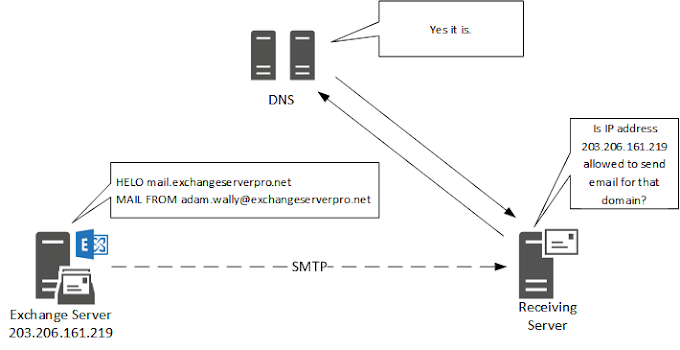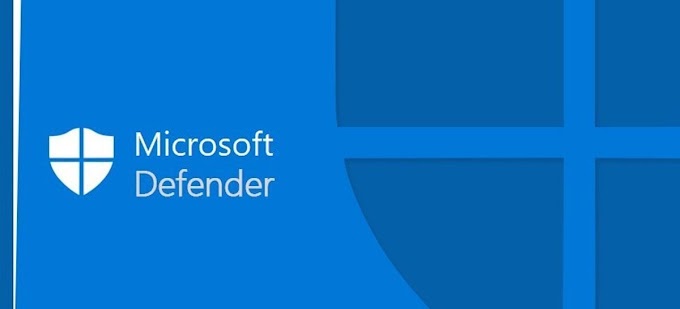Certainly! Here are some commonly asked Microsoft Exchange interview questions and their answers to help you prepare:
Have You Ever Used The Microsoft Exchange 2013 Version? Mention Some Of The Features You Loved
- Microsoft Exchange 2013 introduced several useful features:
- Useful integrations: MS Exchange 2013 offers better integration with Lync and Microsoft SharePoint through in-place eDiscovery and site mailboxes.
- Improved user experience: It provides a better user interface by enabling touch features and enhancing overall user experience.
- Multigenerational workforce support: Users can merge contacts and perform smart searches to identify others on the network.
- Resilient resolution: Built upon the 2010 exchange server, it simplifies scalability, hardware utilization, and feature isolation1.
- Microsoft Exchange 2013 introduced several useful features:
What’s The Importance Of The Client Access Server In Microsoft Exchange?
- The Client Access Server (CAS) allows users to access services such as mobile devices, Outlook Web Apps, Microsoft Office Outlook, POP, and SMTP.
- It handles all client requests and uses layer 4 routing.
- Additional roles include routing requests to the correct mailboxes, accepting mail from other hosts, and providing network security, authentication, and a unified namespace1.
Do You Know The Role Of The Mailbox Server?
- The mailbox server performs various critical functions:
- Email storage: Hosts mailbox databases.
- High availability and site resiliency: Ensures continuous access to mailboxes.
- Client connectivity: Handles client connections.
- Messaging records management and retention policies: Manages email policies.
- Core Exchange functionality: Provides essential features.
- Ensures that a failed database does not have access to the mailbox1.
- The mailbox server performs various critical functions:
Do You Understand The Roles Of The Categorizer?
- The categorizer in Microsoft Exchange plays three main roles:
- Content conversion: Converts SMTP messages into readable formats (such as HTML, plain text, or rich text) once they reach the correct address.
- Recipient resolution: Determines whether the recipient owns an Exchange Organization mailbox or an external email address based on the recipient’s email address.
- Routine resolution: Routes the mail to its destination after recipient information is resolved and the next hop is determined1.
- The categorizer in Microsoft Exchange plays three main roles:
Remember to tailor your answers to your own experiences and understanding. Good luck with your interview! 🌟


.png)






0 Comments